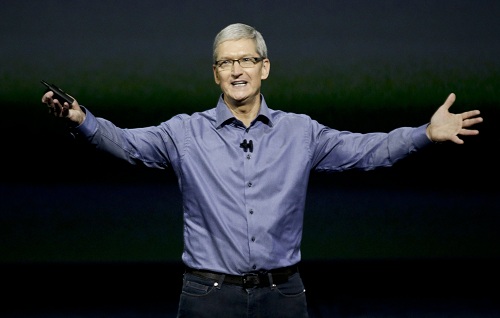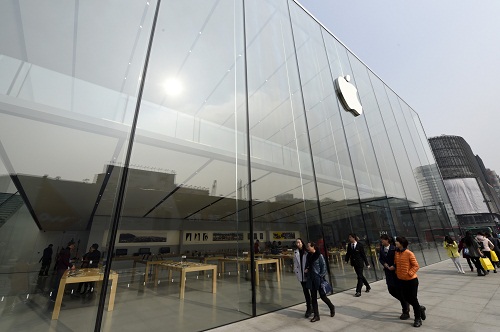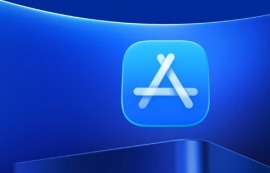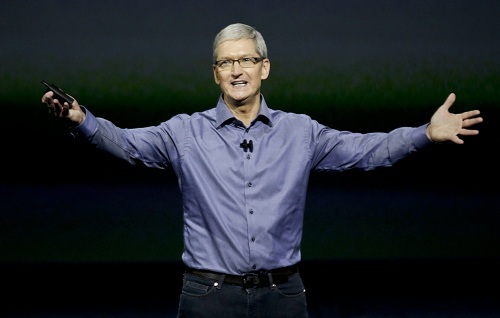 이미지 확대보기
이미지 확대보기미국 컨슈퍼리포트 즉 Consumer Reports는 19일 공개한 보고서에서 삼성전자의 A9 칩 프로세서가 배터리 성능과 및 온도 등에서 대만의 TSMC A9칩과 거의 똑같다고 밝혔다.
애플 아이폰 6S 칩 프로세스 부품은 삼성전자와 대만의 TSMC A9칩가 각감만들어 납품했다.
한국보다 아이폰6S가 먼저 출시된 대만과 홍콩에서는 지난 주부터 삼성전자 칩프로세스가 장착된 제품이 대만 TSMC 부품이 들어간 제품도다 배터리 성는등이 떨어진다면 삼성전자 부품이 들어간 제품을 반품 또는 환불해달라고 소동을 벌이고 있다.
이 보도는 삼성전자가 불량품을 만들었다는 대만과 홍콩 소비자들의 반품소동에 기름을 붓는 격이었다.
그런데 컨슈머리포트가 두 회사 부품간에 차이가 없다고 나섬에 따라 국면전환이 이루어질 것으로 보인다.
컨슈머리포트의 보고서가 사실이라면 그동안 대만과 홍콩의 반품소동은 국수주의에 입각한 삼성전자 죽이기였다는 일부의 관측이 맞았다는 것이 된다.
다음은 컨슈머 리포트 지의 보도
Despite varying chips, the iPhone 6s models we tested showed no significant differences in battery life or temperature
A number of websites recently created a stir with reports of a potential shortcoming of the iPhone 6s smartphones. According to those "chipgate" reports, the battery life on iPhone 6s models with an A9 central processing unit made by Samsung is worse than the battery life on models with a CPU made by TSMC. The phones with the Samsung chip also run hotter, the reports claim, than the phones with the chip made by TSMC.
While Consumer Reports' tests had confirmed that the battery life on the 6s and 6s Plus is slightly shorter than that on the iPhone 6, they had not addressed the chipgate rumors. So, much like they did for last year's "bendgate," our engineers developed a special protocol to test this apparent issue. Those tests simulate real-world usage as opposed to relying on the benchmarks used by other organizations in their off-the-shelf tests.
Step 1: Identify the chip
This was the easy part of our chipgate work. To confirm which A9 was in the eight iPhone 6s models Consumer Reports bought, we used the Lirum Info Lite app, a free download from the Apple App Store. Along with the total and available phone storage, the app displays a chip ID. If it reads Model N71mAP, the chip was made by TSMC. If it reads N71AP (no “m”), the phone has the Samsung version.
Step 2: Equalize the settings and conditions
To ensure accuracy and impartiality, we tested each phone on the same provider (T-Mobile) using the latest version of iOS (9.02). In years past, we've confirmed battery-life differences between same-model smartphones running on different carriers, so we wanted to avoid that issue.
This next part is the killer. Prior to testing, we changed and verified dozens of settings on the two iPhones, including connections, display, notifications, and apps, to ensure the setups were identical. Tedious? Yes. Time-consuming? You bet. But it had to be done.
Chipgate: Two side-by-side iPhone 6s smartphones showing the main screen of the Lirum Info Lite app.
The Lirum Info Lite app, a free download from the Apple App Store, can tell you who made your iPhone's CPU.
Step 3: Start running
We measured how well the phones’ batteries stood up to continuous activity on the cellular network. In one test, for instance, we made the phones transmit at a nominal +10 decibels per milliwatt (dBm) on the same channel in the commonly used Frequency Band 5. We were able to maintain those precise conditions via the base station emulator to which the phones were coupled.
Further adjustments included setting display brightness to about 150 NITS (approximately 50 percent) using a digital illumination level meter. We also switched off the auto brightness setting to make sure changes in the room's lighting didn’t influence the results.
All of the tests, of course, were performed in the controlled environment of our Radio Frequency Isolation chamber, which blocks stray signals. The results: Both phones powered on for about five hours, with a negligible duration difference of less than 2 percent.
A desktop showing Consumer Reports' custom app automatically loads Web pages in succession and repeats this cycle until the phone shuts down.
A desktop showing results from CR's custom app, which repeatedly loads a variety of Web pages until the phone shuts down.
Step 4: Crunch data
Another test simulated the data-intensive activities smartphone users perform via Wi-Fi, including browsing the Web and playing music. Our custom app automatically loads a variety of popular Web pages in succession and keeps repeating the cycle until the phone shuts down. The more than 20 sites included Amazon, Apple, CNN, and Yahoo. At the same time, we gave the music player a workout, asking it to churn out a continuous loop of 10 songs from Taylor Swift, Katie Perry, and Florence and the Machine.
At the end of testing, both phones quit at about the same time, after a little more than 11 hours and 600-plus webpage downloads. The differences here were even smaller than in the previous test: less than 1 percent.
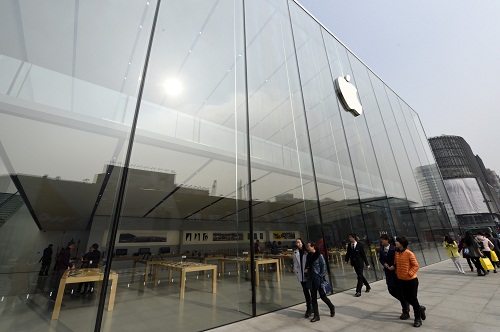 이미지 확대보기
이미지 확대보기During this test, we also monitored the phone's temperature using tiny, adhesive-backed heat sensors called thermocouples. During 11 hours of testing, surface temperatures climbed as high as 84° F. Here again, the difference between the two phones was less than 1 percent.
The Chipgate Verdict
We found no appreciable differences in battery life or temperature between the iPhones 6s models with the varying chips.
Bottom line: Smartphones are as complicated as the people who use them, so it’s impossible to say with certainty that the battery- and temperature-performance differences we measured in this chipgate testing will be consistent in every imaginable scenario. But if iPhone 6s users are ever disappointed with their phones, we’re confident it won’t be because they bought the model with the “wrong” chip.
김윤식 기자 tiger8280@


















